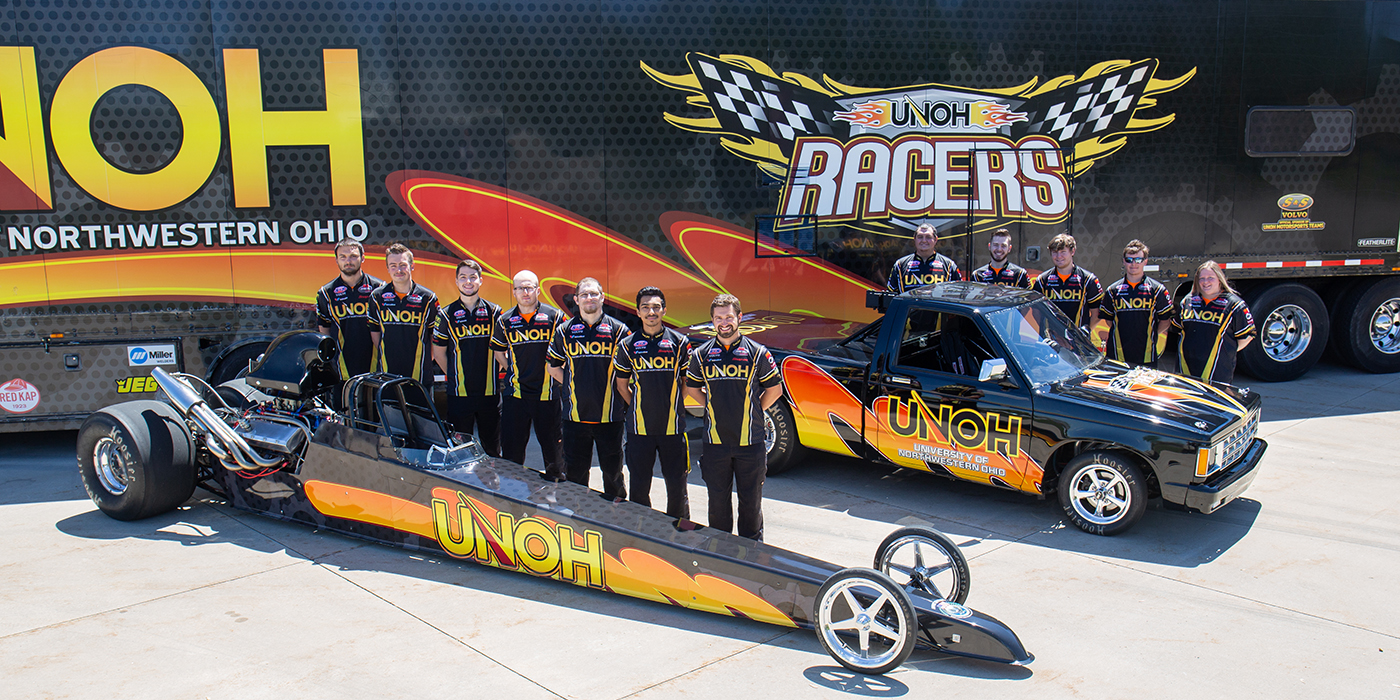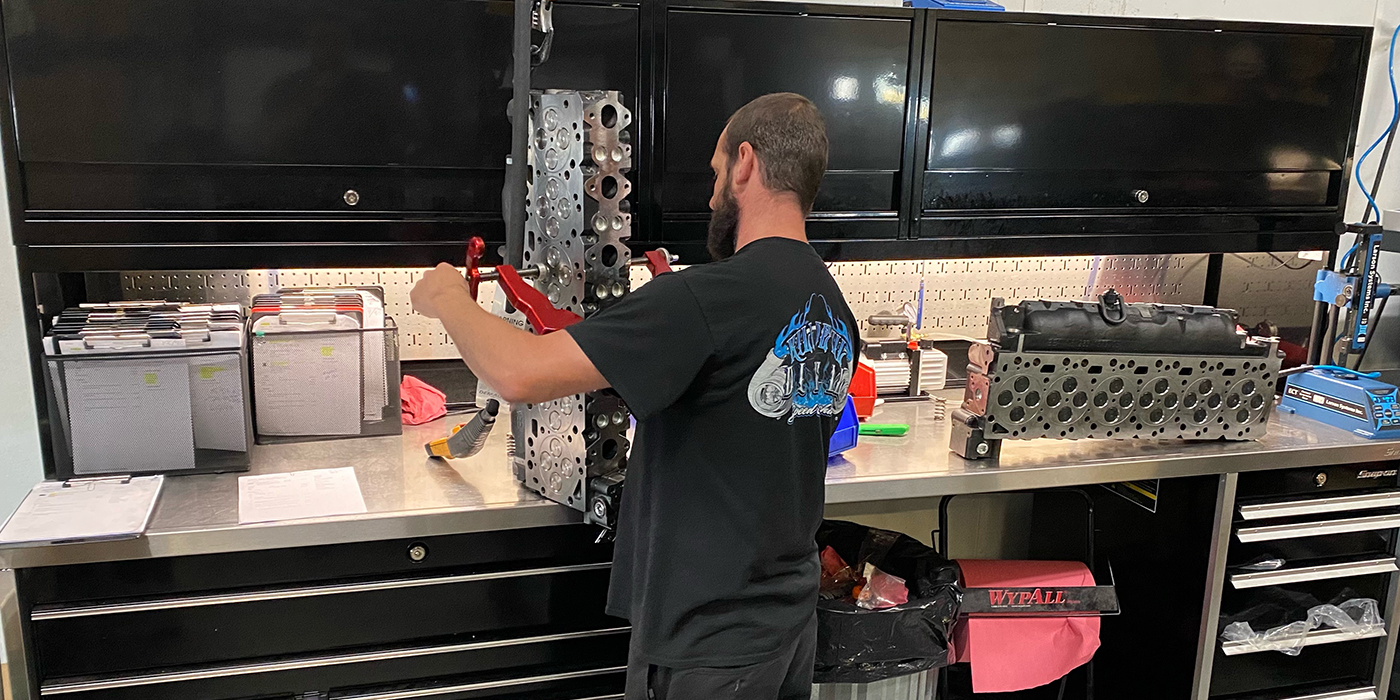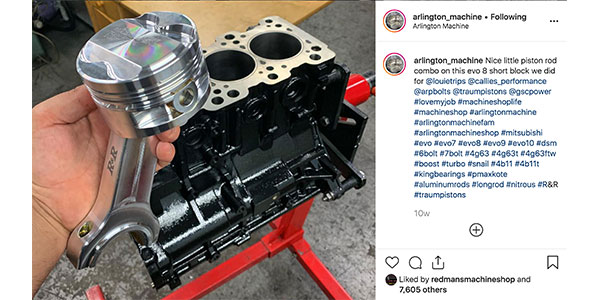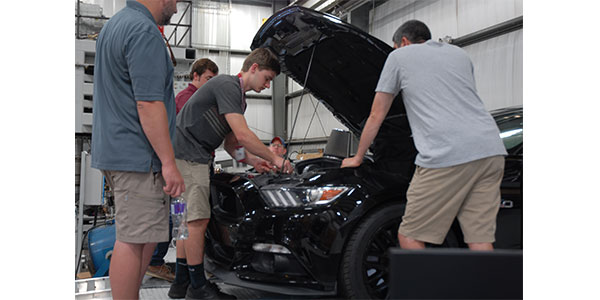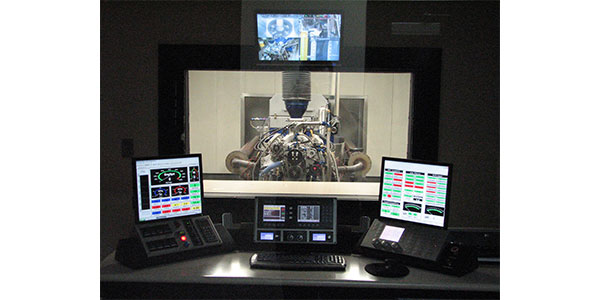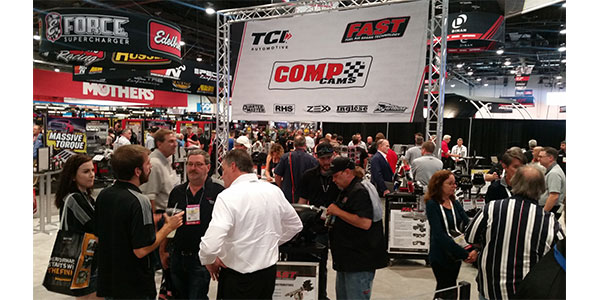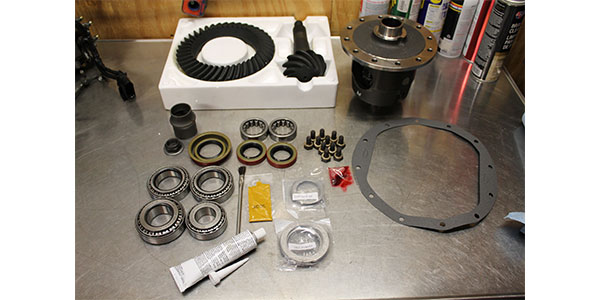Let’s get it right out on the table here: I am suggesting that you, a professional engine builder who works at a shop that has been in business, on average (according to the latest Machine Shop of the Year results) nearly 28 years, read a book about building Chevy small-blocks.
I understand the concern that there’s little new you’re going to learn about an engine that has been the most popular performance motor in, what, at least the last 300 years. I understand the thought that this – with its color photographs and breezy conversational style – probably appeals more to a consumer boyracer wanna be than a trained professional. But believe me, I’m doing this for your own good.
“How To Build Max Performance Chevy Small-Blocks On A Budget,” is the latest in a long line of engine books written by David Vizard. Yes, that David Vizard, who has written thousands of technical articles, built hundreds of engines and graced the pages of this publication several times in the past few years.
Vizard starts off by taking exception to our insistence at supporting steam engine builder James Watt’s notion of “horsepower” (“Had he lived in India, he may have wanted to know how many elephants he could replace,” Vizard says.). Urging the use of the simple word “power,” he explains that the generation of torque is really the most important aspect of designing and building a performance motor.
Even for a professional the choices in components can be daunting. The book contains a chapter on cams and valve trains that Vizard told me does something no other performance book has ever done: “It gives you what must be as near absolutely foolproof cam recommendations as is humanly possible.” Confident words that – if you know David Vizard’s history – are backed up with proven results. Get more information about the book at www.motortecmagazine.com.
Some of our readers have asked for “recipes” of buildable motors that they can offer to potential customers. Books like this one (with 10 engine combos ranging in cost from just over $1,110 to just over $6,000) offer those lists and can be great reference works for your library. This month, read about the Shelby 551 Super Snake engines built by George Anderson and the Gessford Gang in Hastings, NE (SSSSSnake Bit). We’re offering special bonus features on our Web site including a complete build list for the twin 511 Shelby engines.
One caution: you’re not likely to build a matching version of this engine on a budget, unless that budget has a lot of zeroes. But it shows that the performance market can still be profitable for engine builders willing to do their homework.


